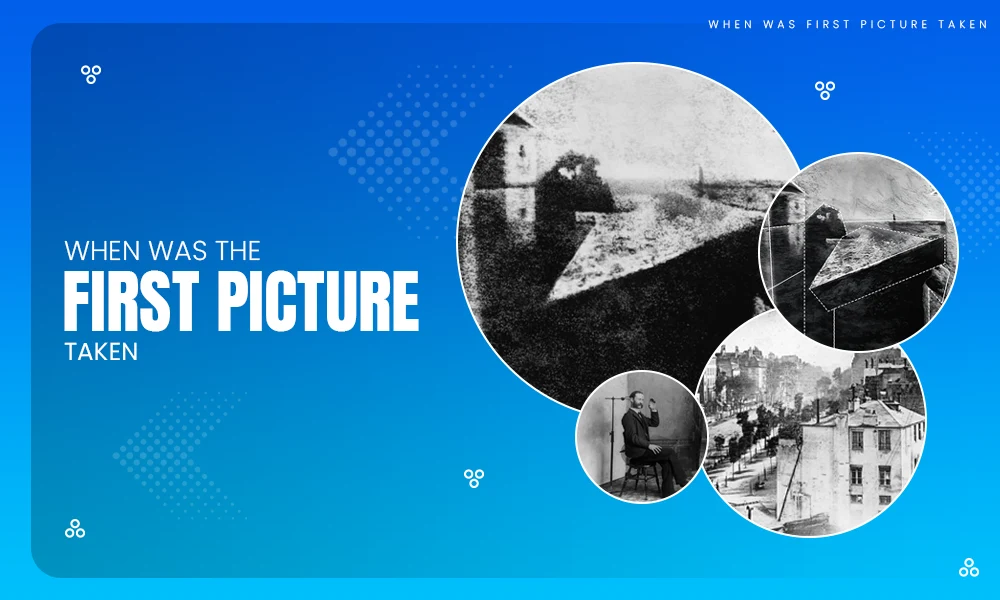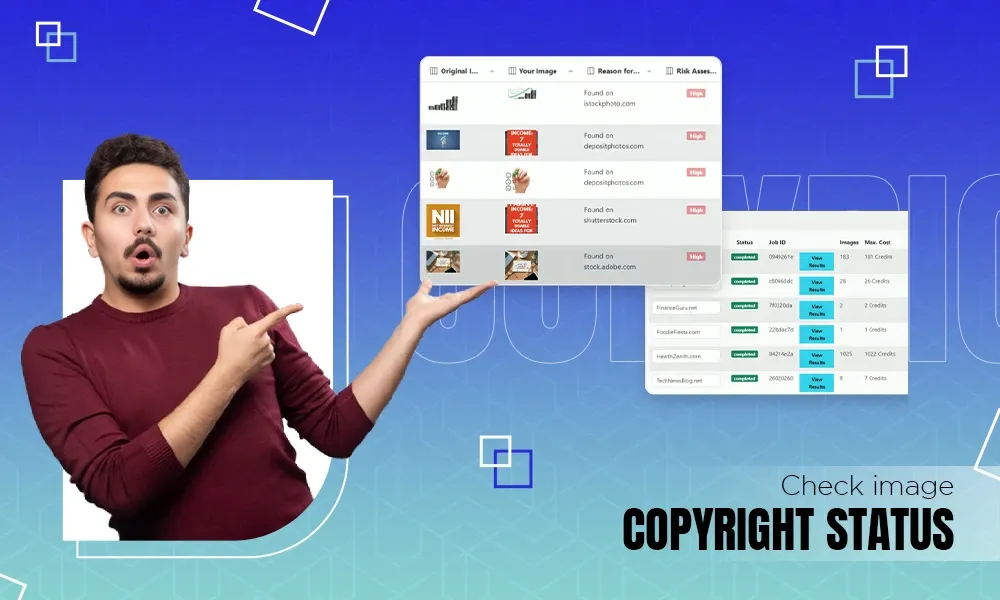When it comes to an e-commerce business, the way your e-commerce store looks is everything. Clear and professionally edited images can increase a sale by catching a viewer’s eye. However, your in-house team may become overburdened if they edit hundreds or thousands of photos. This can slow down your time-to-market and hurt your brand’s consistency. That is the reason why smart online sellers are reliant on outsourcing photo editing.
In this guide, you will learn the best ways to hire photo-editing services for your e-commerce business. This guide will help you save time and money while still getting quality work.
Why You Should Consider Outsourcing Photo Editing

Outsourcing photo editing helps you grow your business. It is easier and cheaper, whether you use Amazon, Shopify, or have a big online brand.
Key Benefits of Outsourcing:
- Save Time: Let editors deal with frequent repetitive tasks so your team can focus on what they do best.
- Consistent Quality: Outsourced editors follow rules for editing. This helps make sure the final work is always of the same quality.
- Cost Efficiency: Lower your spending on rent and expensive software licenses by choosing freelancers.
- Quick Turnaround: Being able to reach teams all over the globe allows for speedier project completion.
Common Photo Editing Services for E-commerce
It’s important to identify what services you are looking for before you consider outsourcing. Let’s look at the most common editing tasks that are typically handled by outsourcing.
| Service | Purpose |
| Background Removal | Takes away background mess, creates clean product-focused images |
| Shadow/Reflection Editing | Gives a stronger feeling of reality |
| Color Correction | Keep the brand’s voice and its policies the same for all marketing. |
| Clipping Path | Allows the product to be placed on different backgrounds |
| Image Retouching | Gets rid of spots, dust, and issues caused by bad lighting |
| Image Resizing | Optimizes for website, Amazon, or mobile display |

Step-by-Step: How to Outsource Photo Editing
This 6-step method will help you find the best way to give your editing work to someone else:
1. Define Your Editing Needs
It’s important to clearly define what type of editing your e-commerce company needs. Do this before you search for a photo editing partner. Without this clarity, you could wind up with subpar edits, needless expenses, or unrealistic expectations.
Tip: Make sure to write down the exact things you want from every product you compare.
2. Research and Shortlist Editing Providers
Find businesses that have experience with e-commerce product editing. Focus on your niche, like fashion, jewelry, or electronics.
What to Check:
- Portfolio of before/after work
- Client reviews/testimonials
- Industry experience
- Turnaround time
3. Ask for a Free Trial
Many reputable outsourcing firms let you take advantage of a free trial. As a result, you can see how well they work, how quickly they can deliver, and how they communicate.
What to Evaluate:
- Editing quality
- Your different file format options
- Communication clarity
- Sticking to directions
4. Discuss Workflow and Delivery Formats
Set clear expectations:
- It can take 24-48 hours to finish batch edits of your files.
- Types of files (JPG, PNG, PSD, and TIFF)
- Places you can send your files are Dropbox, Google Drive, or FTP.
Also clarify:
- Revision policy
- When one place is one day ahead and one is one day behind.
- Point of contact
5. Sign an Agreement
Before sending large amounts of tasks, it’s important to prepare a Service Level Agreement (SLA) with these elements:
- Scope of work
- Delivery time
- Data confidentiality
- Payment terms
Such rules guarantee both the client and the designers enjoy a safer and more comfortable collaboration.
6. Start with a Small Batch
Start with just a few pictures and increase the number when you feel the results are good and steady. Give workers edited guidance or a sample guide for their edits to keep all the pieces consistent.
Pros and Cons of Outsourcing Photo Editing
Here are the Pros and Cons of Outsourcing Photo Editing for e-commerce businesses.
| Pros | Cons |
| ✅ Cost-effective | ❌ May need initial adjustment time |
| ✅ Faster turnaround | ❌ Language/time zone differences |
| ✅ Scalable with demand | ❌ Quality varies across providers |
| ✅ Access to experienced editors | ❌ Data privacy concerns (solve with NDA) |
Expert Tips to Maximize Outsourcing Success
- Use Project Management Tools: Manage your tasks with help from Trello, Slack, or Asana.
- Build Long-term Partnerships: Working frequently with the same parties helps increase both speed and loyalty.
- Keep Communication Clear: Show visual guides or video explanations whenever communication is necessary.
- Maintain Backups: Always store both your original and edited documents on your hard disk securely.

Conclusion
Letting a professional handle photo editing is one of the best moves for any e-commerce company. It makes it simple to protect your brand image, expand your business, and pay attention to what really counts: growing your store.
To improve your work, hire experts. You can outsource ecommerce image editing services or other photo tasks. Don’t forget to run tests, remain open to feedback, and join up with a crew that knows your brand inside and out.
FAQs
How should I check that my photos are handled well by outsourced companies?
Trial the software for free and stick to a detailed brief or style manual to ensure all documents are the same.
How safe are product images when they are handled by an outsourcing company?
Providers who use safe file-sharing systems and ask you to sign NDAs can protect your work.
Are revisions on my edited images allowed?
Revisions for your project are generally covered by anywhere from 1 to 2 rounds, included in most packages.
What are the prices for outsourcing photo editing?
How much you pay depends on how difficult the procedure is. The cost of removing the background from just one image can run from $0.20 to $0.50.
Will it be better to hire freelancers or cooperate with agencies?
Since freelancers are more flexible, agencies can take on bigger workloads and supply a stable service.









